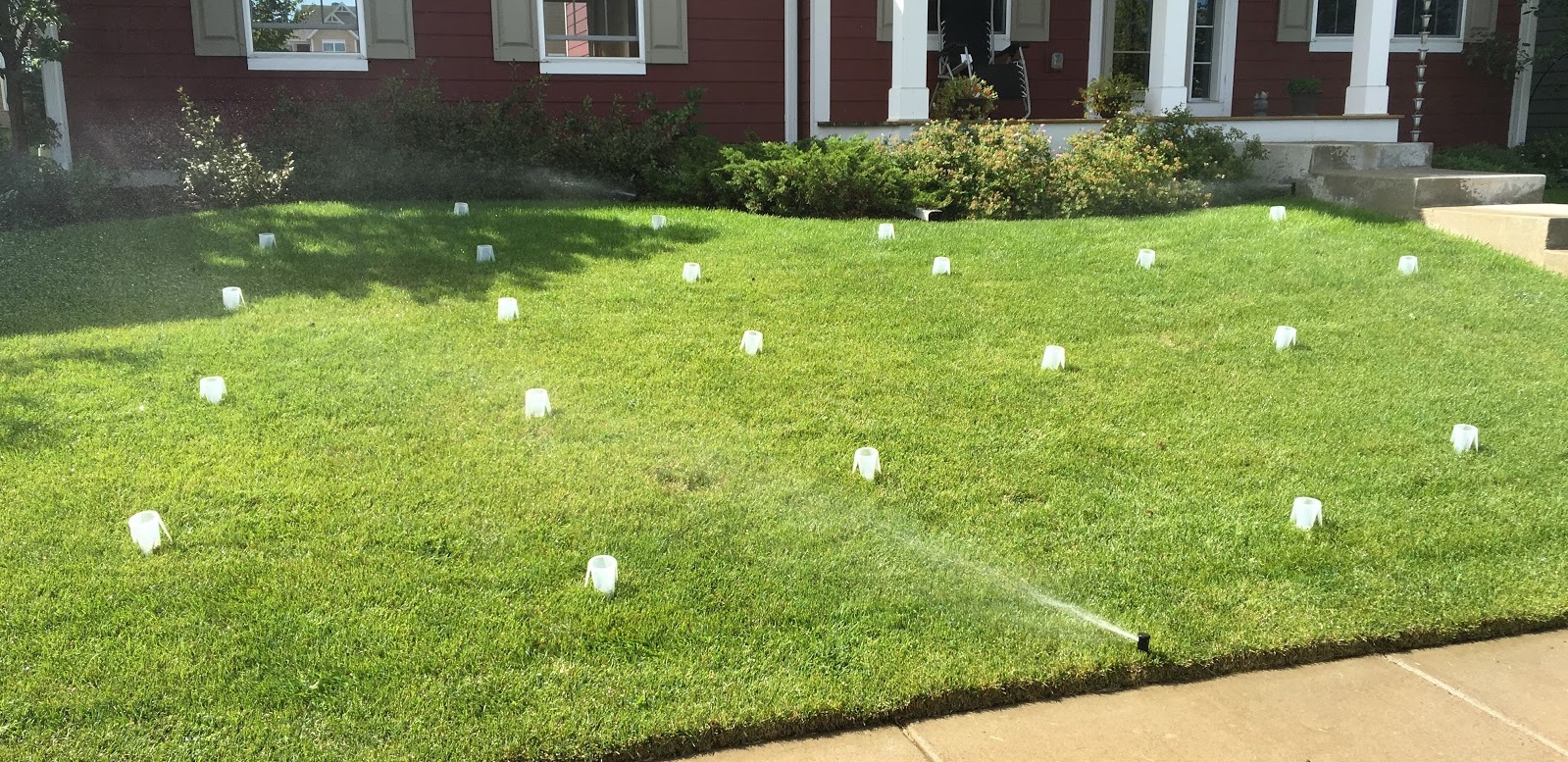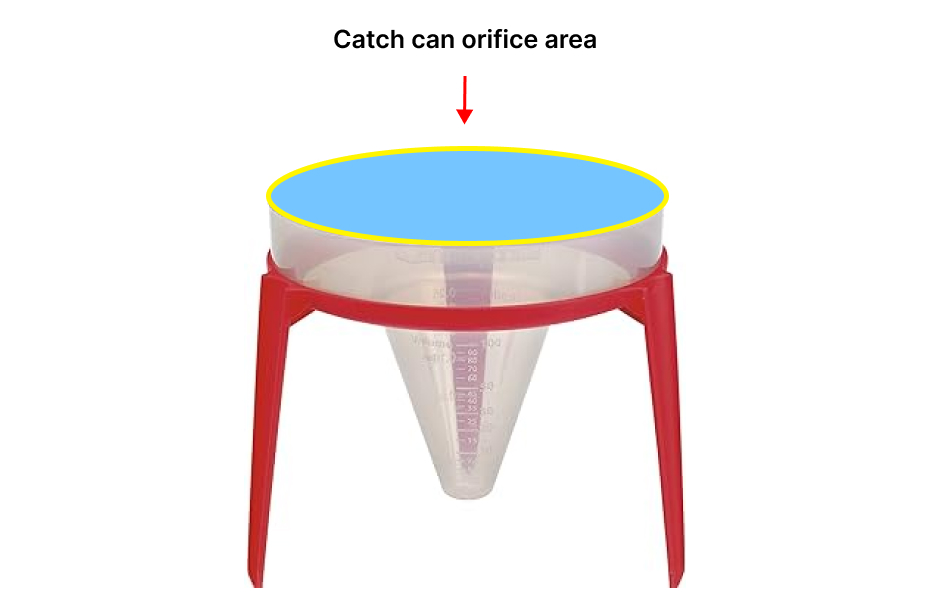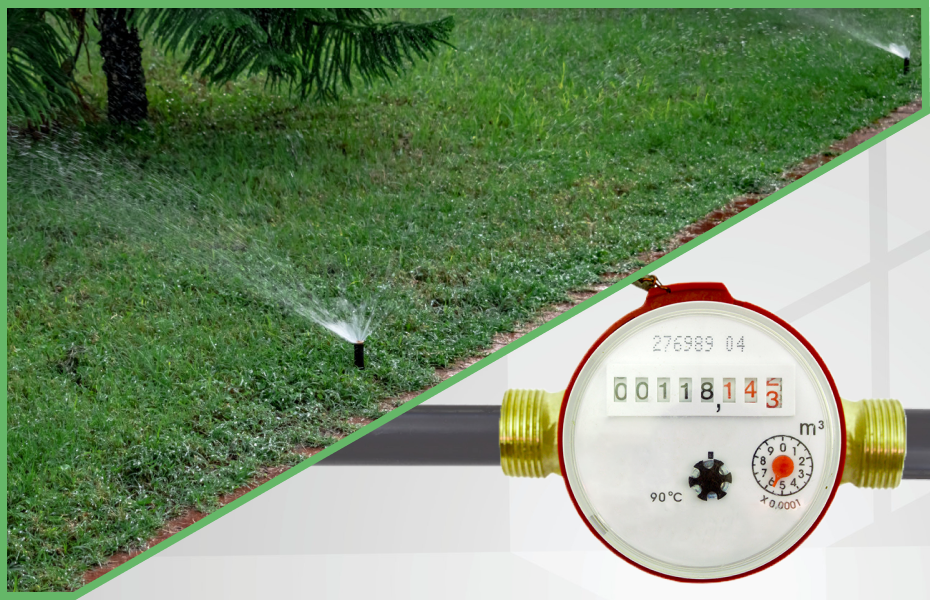Have you ever been curious about the application rate in ImoLaza's regional settings? Do you find yourself unsure of what this value really means and how it is calculated? This article will explain it all to you.
In simple terms, the application rate refers to the amount of water applied to a specific area per unit of time. It is typically measured in inches per hour (or metric units such as millimeters per hour) and indicates the speed at which water is distributed to the soil or plants in a given area. Controllers use this parameter to ensure the delivery of an appropriate amount of water to meet the needs of the plants without over-irrigating or under-irrigating. ImoLaza uses the application rate to calculate irrigation schedules and make informed decisions about when to run the irrigation system and for how long.
How to calculate it?
A catch cup is typically a measurement tool used in irrigation systems to determine the application rate and uniformity. These cups usually have standard sizes and markings for measuring the amount of water collected within a specific time frame. Here are the general steps for using catch cups to calculate the application rate:
-
Prepare Catch Cups: Ensure you have an adequate number of catch cups, typically with the same capacity. Clean and calibrate the catch cups to ensure accuracy.
-
Placement of Cups: Place the catch cups evenly within the irrigation area where you want to measure the application rate. Typically, these cups should be distributed throughout the area to obtain information on uniformity.

-
Initiate Irrigation: Start your irrigation system and let it run for a set period, usually between 15 minutes to 1 hour, depending on your needs. During this time, the catch cups will collect water sprayed from sprinklers or emitted by drip irrigation systems.
-
Record Data: After irrigation is complete, record the amount of water in each catch cup. You can use a ruler or other measuring tools to accurately measure the water level.
-
Calculate Application Rate: Calculate the application rate using the following formula:
AR = A_height / T (for cylindrical catch cans);
AR = (A_amount / C_area) / T;
AR = Application Rate
A_height = Average Heights of Collected Water
A_amount = Average Amount of Collected Water
C_area = Catch Cup Orifice Area
T = Measurement Time

-
Ensure you use consistent units, such as inches or millimeters, for measuring both water quantity and time to obtain the correct results.
-
Assess Uniformity: Assess the irrigation uniformity by comparing the data from different locations of the catch cups. If there is significant variation in the water collected in catch cups at different locations, adjustments to the irrigation system may be needed to improve uniformity.
Using catch cups is a relatively simple and effective method to calculate the application rate and ensure that your plants receive the appropriate amount of water.
If you find this method too cumbersome, you can also try a simpler approach, which is to calculate the application rate based on your water meter.
In fact, there is a formula for calculating the application rate here.
AR = (Q_total * 96.25 ) / A;
AR = Application Rate
Q_total = the sum of the flow rates of all nozzles (gpm, if multiple sprinklers in a zone)
A = Zone Square Footage (area in ft2)

You can choose a specific time when all water-consuming activities in your home are turned off, leaving only irrigation running. Then, run the irrigation system for a period of time, measure the amount of water consumed during this time using your water meter, and plug that data into this formula to calculate your application rate.
Still need help?
In case the above method doesn’t work for you, please contact our technical support team directly using the contact information below. We will respond to you by email within 12h after your message reaches us.
Email: Support@imolaza.com
